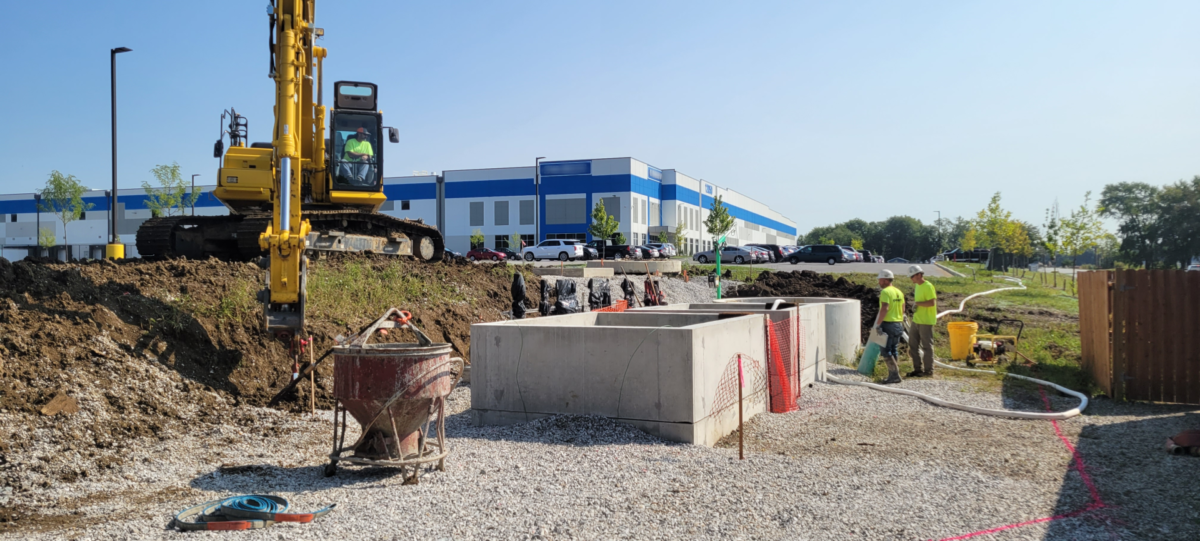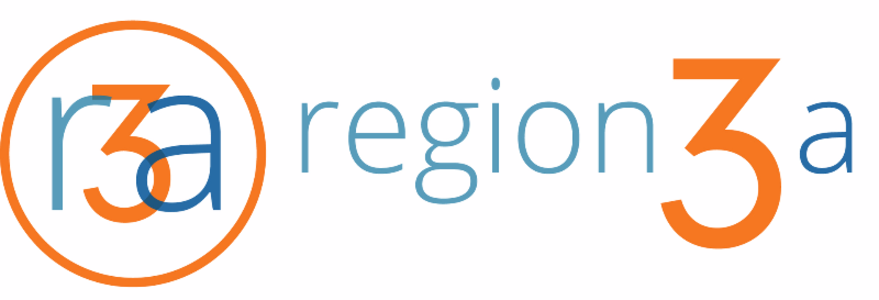What is a Capital Stack? How can Capital Stacking help Municipalities Finance Projects?

Large municipal projects often only consider bonding alone or grants and cash as funding sources. While these methods are tried and true, new ways to fund projects are available to innovative municipalities. Today, municipal governments and districts have more options than ever in funding options.
Instead of trying to find one large source of funds, municipalities can use multiple sources of funding to create a “capital stack” by combining different types of funds, grants, and debt to pay for a project. With state and federal governments issuing billions of dollars in grant funding every year and private financing options growing in popularity, municipal project leaders have huge flexibility in tailoring a capital stack to each project. Each financing mechanism has its benefits and drawbacks – the capital stack approach can create more flexibility, responsiveness and enable utilization of the benefits of each.
For example, a water project may earn a state grant that matches 50% of the estimated cost. The municipality could then issue bonds for 25% of the cost, then seek a public-private partnership to utilize private lending for the remaining 25%.
Sometimes, this capital stack approach makes the difference between a project moving forward or not.
Approaching projects with a layered, or “stacked”, financing approach allows municipalities to decrease reliance on large grants while still funding projects in a cost effective manner. Region 3A is ready to help you access grant funding and work with our partners to secure other sources of financing.
